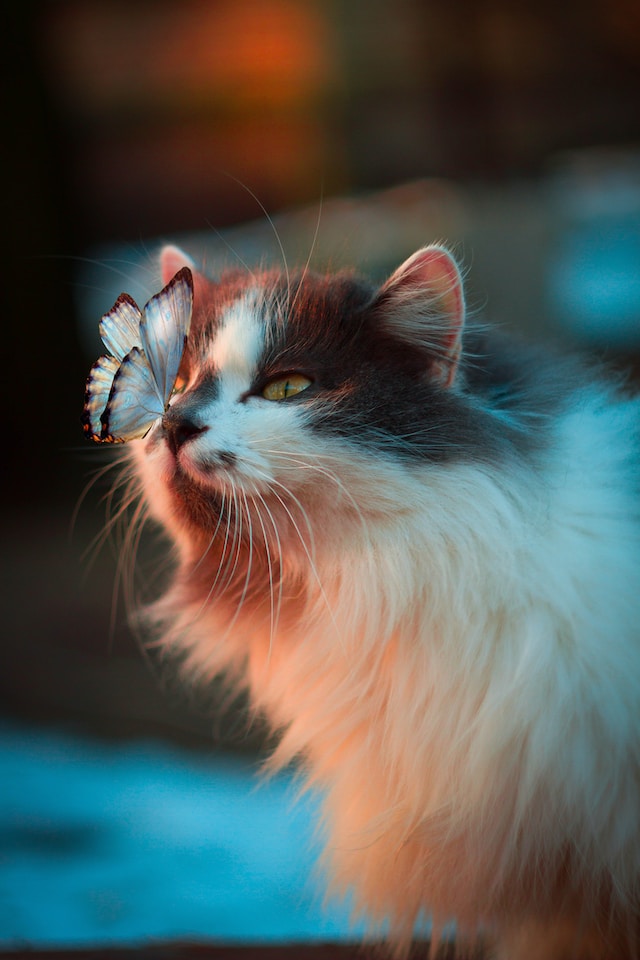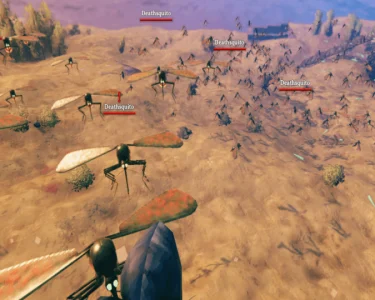Cats, with their graceful movements and mysterious allure, have captivated our imagination for centuries. While domesticated cats have become an integral part of our lives, their wild counterparts continue to roam diverse habitats across the globe. In this article, we explore the remarkable diversity of feline life in the wild, from barn cats to jungle cats, unveiling the secrets of their existence in their natural habitats.
Adapting to Varied Environments:
The adaptability of cats is truly remarkable, as they have managed to thrive in a wide array of environments. From the open plains to dense jungles, these elusive creatures have evolved unique traits and behaviors to conquer their chosen habitats.
Barn Cats: Guardians of the Farm:
In rural areas, barn cats serve as essential members of the farming community. These skilled hunters keep rodent populations in check, safeguarding crops and feed storage areas. Their presence is a testament to the long-standing relationship between humans and cats, working in harmony to maintain the delicate balance of the agricultural ecosystem.
Desert Dwellers: Surviving in Harsh Climates:
Cats have also established their presence in some of the harshest environments on Earth, such as deserts. Species like the sand cat have adapted to the extreme heat and arid conditions, developing efficient water conservation mechanisms and adopting nocturnal habits to avoid the scorching sun. These feline survivors demonstrate nature’s ability to adapt and flourish against all odds.
Savannah Stalkers: Masters of the Grasslands:
The grasslands of Africa are home to majestic wildcats like the African lion and the cheetah. These apex predators dominate the savannah, employing their strength, speed, and cunning hunting tactics to secure their place at the top of the food chain. Their presence in these vast expanses showcases the diversity and magnificence of feline life in the wild.
Jungle Cats: Thriving in the Rainforests:
Venturing into the lush rainforests, we encounter the secretive world of jungle cats. Species such as the jaguar and the elusive clouded leopard inhabit these dense habitats, relying on their stealth and camouflage to navigate the intricacies of the jungle floor and the canopy above. Their ability to adapt to the challenging rainforest environment is a testament to the versatility of the feline species.
Conservation Challenges:
While the diversity of feline life in the wild is awe-inspiring, it is crucial to acknowledge the challenges these magnificent creatures face. Loss of habitat, illegal poaching, and human-wildlife conflicts threaten their very existence. Conservation efforts, such as protected areas and initiatives aimed at raising awareness, are vital to ensuring the long-term survival of these incredible creatures.
Preserving the Balance:
The interconnectedness of ecosystems and the role of feline predators within them cannot be underestimated. Wild cats help regulate prey populations, maintain biodiversity, and contribute to the overall health of their ecosystems. Protecting their habitats and securing their future is not only an ethical responsibility but also crucial for maintaining the delicate balance of our planet’s ecosystems.
Conclusion:
From barn cats guarding farms to jungle cats roaming the dense rainforests, feline life in the wild encompasses an astonishing range of habitats and adaptations. Their ability to thrive in diverse environments showcases their resilience, hunting prowess, and capacity for survival. However, the preservation of their natural habitats and the mitigation of human-induced threats are vital to ensuring their continued existence. By appreciating the diversity of feline life in the wild, we can foster a deeper understanding of their importance and work towards their conservation, safeguarding these magnificent creatures for generations to come.




